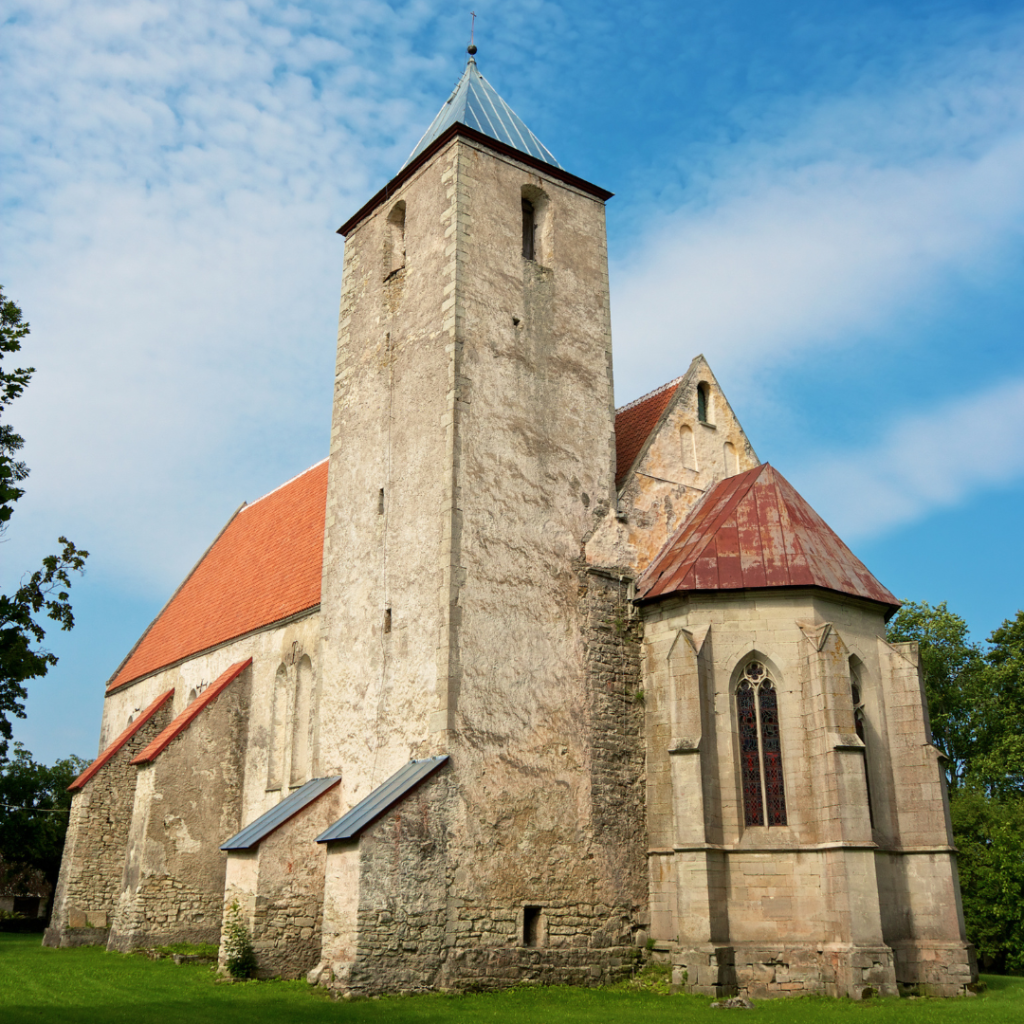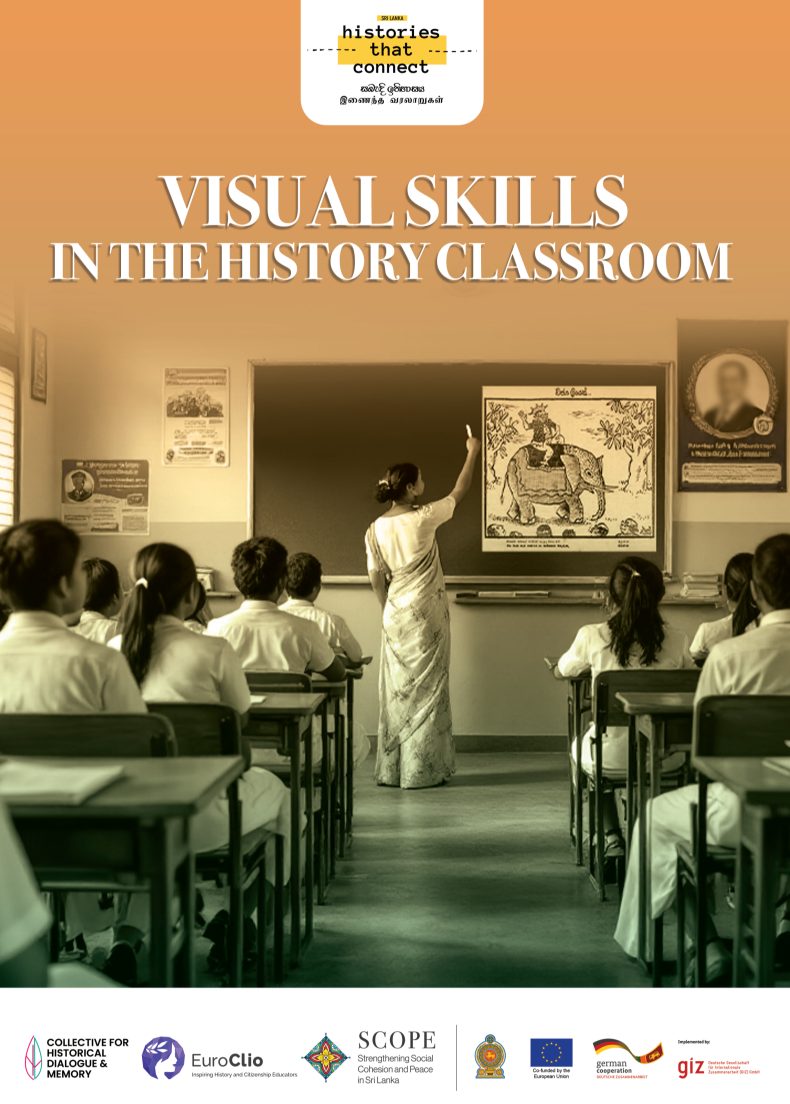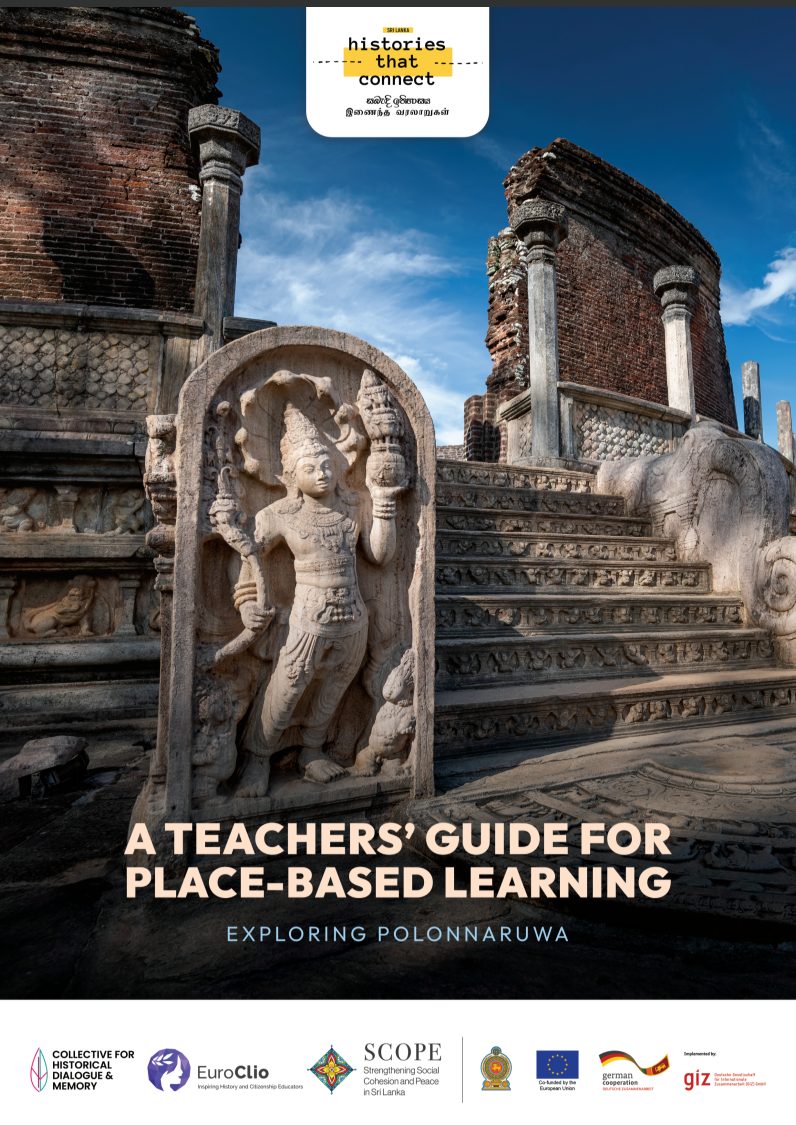
Church in Valjala, Saaremaa Island
In the foreign language lesson, students translate the terms found in the informational text into a different language. For instance, English, German, Russian, and Chinese are studied at our school. Then, by using the Internet, students investigated the examples of churches in different language areas and cultures.
Next, each group prepared a 10-slide presentation about the church they have studied. In the presentation, students elaborated on the construction materials, the location and time of construction of the church as well as different pictures of churches' interior and exterior.
In mathematics class, the plan of the church is calculated and drawn under the guidance of the teachers. It took two 45-minute lessons. In the last step, the models of churches were made in art and technology classes.
Last but not least, students visited the medieval center of Saaremaa. Various workshops and games were held in the center, which helped students to better understand the discussed historical period (Middle Ages). On this day, they were able to try medieval crafts, learned about herbs, and danced medieval dances. A study tour was also organized to all investigated churches.
The project results were presented in the form of a student conference. In addition to the models made as a creative work, students also shared their written contributions which were distributed as presentations. The models were displayed at the school for all interested parties to see.





